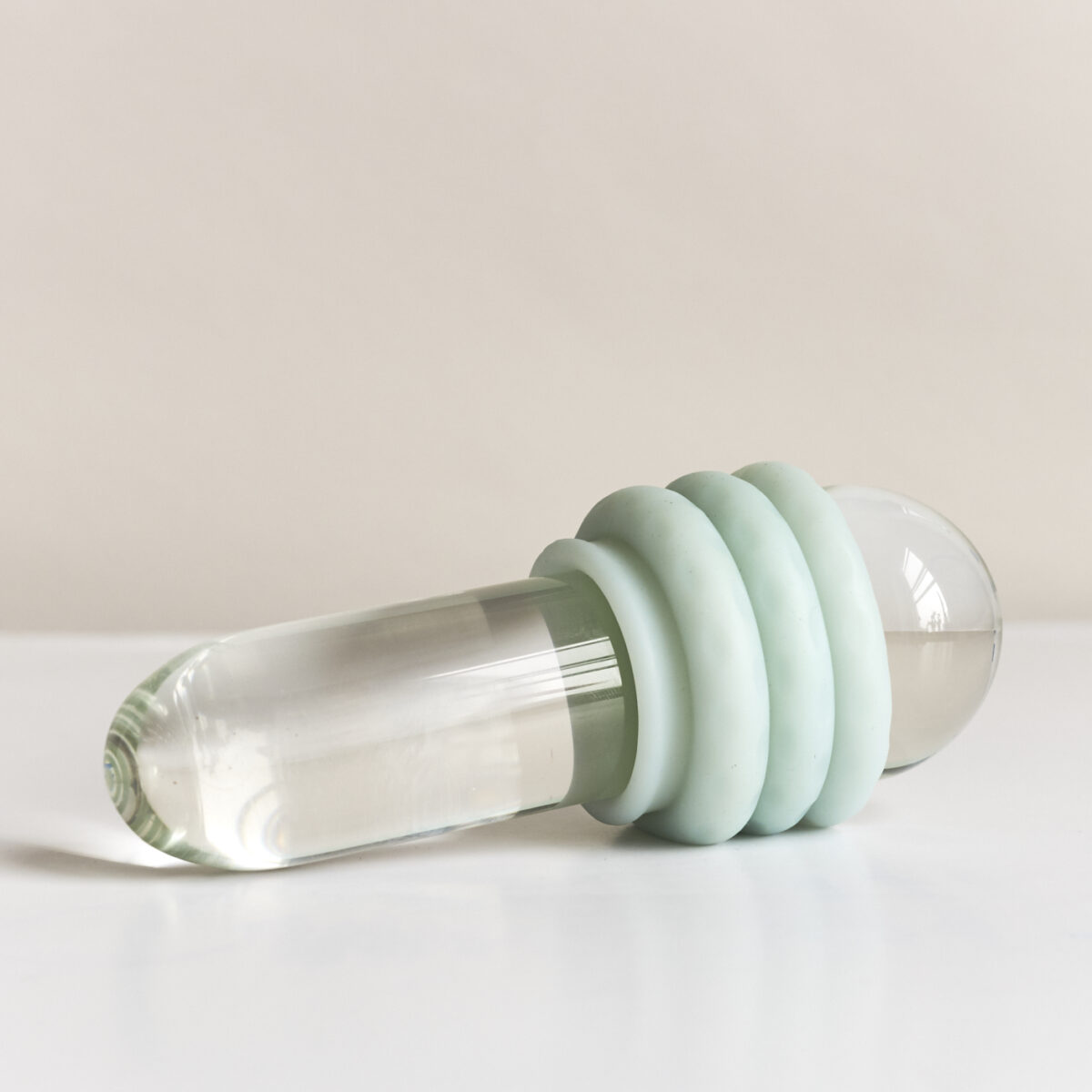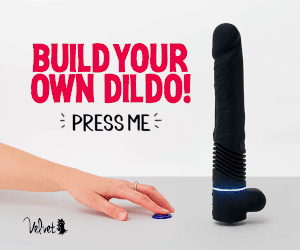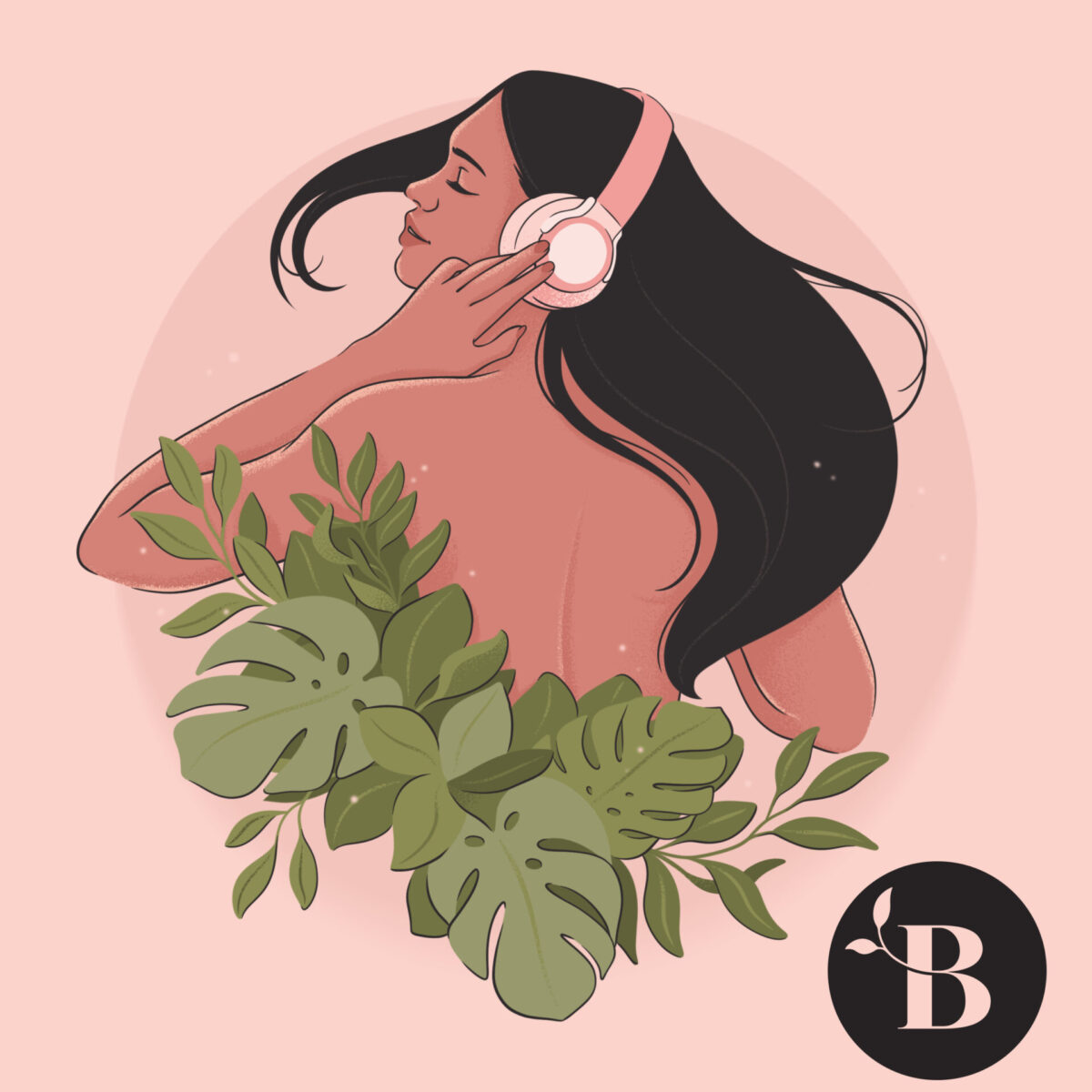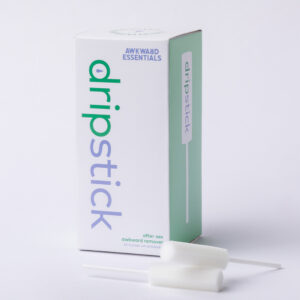Crescendo 2 Vibrator Studies Show Why It’s A Medical Device
SexForEveryBody.com is supported by our readers. We may earn a commission if you buy through links on our site. Learn more.
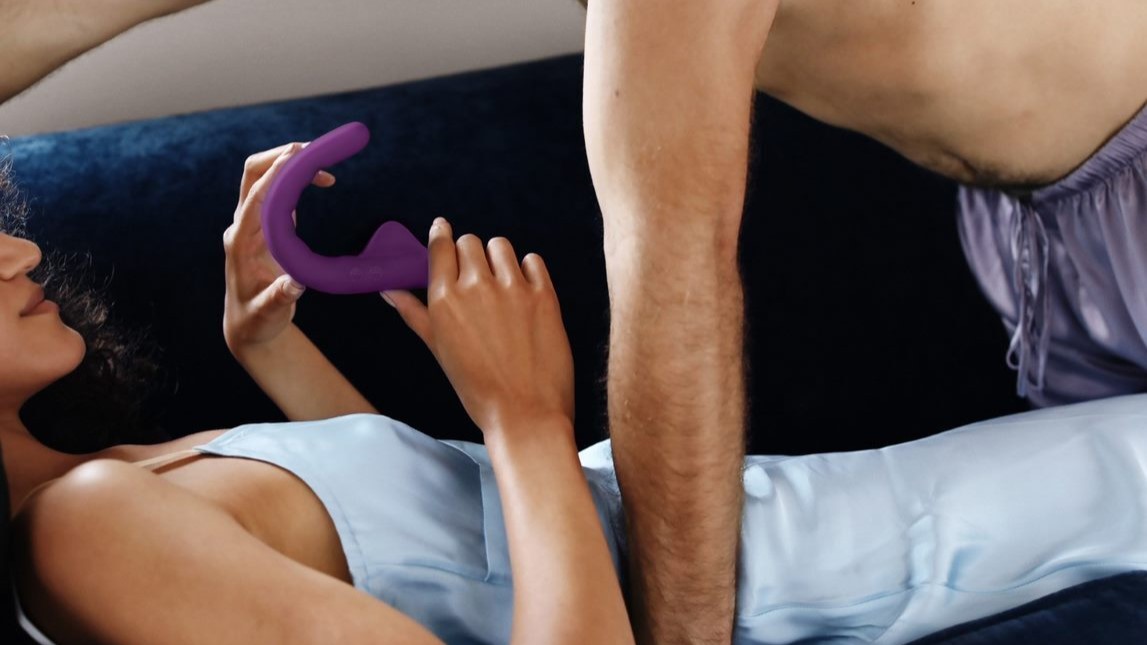
As I’m in the middle of writing a MysteryVibe Crescendo 2 review, I’m struck by the number of studies that reveal the vibrator’s potential sexual health benefits. The findings have been published in the Journal of Sexual Medicine and presented at the European Society for Sexual Medicine (ESSM) annual meetings.
Of course, it makes sense since MysteryVibe has gone through the necessary legwork to have its vibrators recognized by the U.S. Food and Drug Administration (FDA) as “medical vibrating devices.” That benefits consumers in the United States who hold flexible savings accounts (FSA) or health saving accounts and can now use them to purchase MysteryVibe vibrators.
Various studies on the Crescendo 2 vibrator by MysteryVibe show its potential effectiveness in treating sexual dysfunction and improving women’s sexual health.
The device can be bent to take different shapes to deliver precision vibrations where stimulation is needed. By targeting specific spots and increasing blood flow, vibrators may enhance vaginal health and lead to more satisfying orgasms.
Crescendo 2 vs original Crescendo vibrator
MysteryVibe debuted its first Crescendo vibrator in 2016. The smart bendable vibrator was designed to mimic the feel of human fingers and was named the Best Consumer Product at the 2018 Design Week Awards.
In August 2022, MysteryVibe released the Crescendo 2, a revamped version of the Crescendo vibrator that enhanced its overall performance and accessibility features.
One notable update is more powerful and quieter vibrations along the entire shaft.
In addition, the Crescendo 2 vibrator upgraded its approach to clitoral stimulation. A re-designed clitoral mount features a floating motor encased in a solid silicone structure, which delivers improved and targeted vibration transmission to the clitoris. This dedicated directional vibration provides powerful stimulation to the clitoral area, enhancing pleasure and satisfaction for users.
Moreover, the Crescendo 2 now boasts improved body adaptability with better bend-and-hold mechanisms from new hinge lock technology. This allows the Crescendo 2 to consistently maintain its shape under pressure, ensuring a comfortable fit for users of various body shapes and sizes.
In terms of accessible design, the device now features larger, tactile, and raised buttons, making them easier to locate and operate, especially for [ep[;e with visual impairments or dexterity issues. Prominent multi-colored lights and visual cues further aid in ease of use, ensuring that the Crescendo 2 is accessible to a wider range of users.
According to the company, these improvements were made possible through major advancements in MysteryVibe’s technology. The redesign was a result of ongoing research and development in collaboration with users and medical experts.
Read on for Crescendo 2 vibrator studies that researched its effects on users with vaginal atrophy, genito-pelvic pain and penetration disorder, and arousal disorder.
Crescendo 2 and pelvic pain
Despite the advancements, the overall shape and size of the Crescendo 2 are the same as the first Crescendo vibrator.
Findings from a study published in The Journal of Sexual Medicine in 2022 suggest the Crescendo 2 vibrator may help relieve symptoms of Genito-pelvic pain/penetration disorder (GPPPD) by up to 480%.
GPPPD is a condition in which a person experiences pain during sexual intercourse, difficulty with penetration, and/or pelvic pain.
Studies show it affects between 10% and 28% of women.The chronic pain condition can also lead to emotional distress, depression, feelings of inadequacy, and sexual frustration. If left untreated, GPPPD may also trigger problems with other domains of sexual functioning.
The Crescendo 2 vibrator study was conducted by Dr. Jesús E. Rodríguez of the Murcian Institute of Sexology (ism) and The Comprehensive Center for Gynecology and Obstetrics (CIAGO). The findings were also presented at SMSNA’s 22nd Scientific Meeting in Scottsdale, Arizona. This platform is believed to be excellent for its sustained reputation in upholding the best practices in the study of human sexual health.
This Crescendo 2 vibrator study had 21 subjects ages 20 to 59, all of whom were in heterosexual relationships for at least three months. They had all been diagnosed with lifelong GPPPD.
For 12 weeks, they were asked to use the Crescendo vibratory therapy system for seven exercises and attend an online educational session.
The Female Sexual Function Index or FSFI questionnaire on Sexual Pain was used as a baseline to assess the outcome measures.
Once the subjects finished one exercise, they were contacted for the next exercise. The exercises were designed to provide participants with knowledge, awareness, and control of their pelvic floor reflexes.
Using the Crescendo vibrator, they controlled, trained, and monitored their pelvic floor activity. The results of the study showed that using the Crescendo vibrator resulted in an unprecedented improvement score in the domain of FSFI questionnaire on Sexual Pain, with a 480% (five times) improvement.
The research concluded that Crescendo’s Therapy System was a highly effective treatment option for women with GPPPD with no adverse effects related to the treatment.
Related Read: MysteryVibe Vibrators You Can Buy with FSA and HSA Debit Cards
Vibrators and menopause symptoms
Menopause can cause various sexual issues, affecting up to 86.5% of menopausal women in the US, with an average age of 51. As estrogen levels decrease, vaginal atrophy can occur, resulting in vaginal dryness, irritation, and pain during intercourse. However, many women do not seek medical attention, despite being aware of available treatments.
A case study by sexual wellness company MysteryVibe suggests that vibrators can be useful therapeutic tools for alleviating negative symptoms associated with menopause such as vaginal atrophy. The Crescendo 2 vibrator increases blood flow, which can lead to improved tissue repair, genital sensation, genital lubrication, and relaxation of pelvic floor muscles.
MysteryVibe’s trials found that women who regularly use vibrators have increased blood flow to their vaginas, increased lubrication, and higher sexual satisfaction scores compared to women who did not use vibrators.
In addition, 71.5% of women reported no negative symptoms associated with vibrator use. This has led to discussions about revisiting the definition of medical necessity, especially when considering the use of vibrators as an alternative to hormone therapy replacement.
Dr. Rachel Rubin, a specialist in urology and sexual medicine, says recommends the second version of the MysteryVibe Crescendo vibrator for her patients because it can help enhance blood flow, tissue response, and sexual pleasure.
“The pelvic floor muscles are hard to reach and release from the outside. It’s often necessary to work vaginally to reach this network of muscles. Adding vibration can help enhance blood flow, tissue response and aid in arousal and sexual pleasure. Vibration and dilation can be extremely helpful to treat pelvic pain and enhance sexual pleasure,” said Rubin.
The vibrator is also recommended by other urologists as a method for treating menopause symptoms.
According to menopause specialist Dr. Shahzadi Harper, using a slim bendable vibrating device like the Crescendo vibrator can help exercise the vagina like a muscle and prevent atrophy. Its flexible design is particularly useful for targeting vibrations at specific spots, which can improve vaginal health and lead to better orgasms.
Vibrators, lubrication, and cognitive behavior therapy
According to American Psychiatric Publishing, over 40% of women will experience some form of sexual dysfunction in their lifetime.
Menopause, which affects an estimated 2 million American women each year, often causes vaginal atrophy, dryness, decreased sensation and libido, pelvic floor issues, and urinary problems. Historically, these issues have gone untreated, with 70% of women not receiving treatment for their menopause symptoms.
Using the Crescendo vibrator in conjunction with cognitive behavior therapy (CBT) significantly improved arousal and lubrication in women with sexual arousal difficulties, according to findings from a study conducted at the Murcian Institute of Sexology in Spain.
Called “A Cognitive Behavioral Intervention for Female Sexual Arousal Disorders Using a Vibrating Device”, the study findings were presented and released for the first time in 2023 at the ESSM conference in Rotterdam.
The use of vibratory stimulation, along with pelvic floor muscle exercises, has also been shown to greatly improve pelvic floor muscle strength and prevent urinary incontinence.

Jenna Owsianik is a Canadian journalist and sex tech industry expert. She is the Founder and Editor-in-Chief of Sex For Every Body®.
Her expertise covers state-of-the-art sex technologies and the major fields driving innovations in intimacy: robotics, virtual reality, remote sex (teledildonics), haptics, immersive adult entertainment, human augmentation, virtual sex, and sexual health.
A trained journalist with a Masters of Journalism from The University of British Columbia, Jenna’s reporting has appeared on Futurism.com, Al Jazeera English, CTV British Columbia online, CBS Sunday Morning, CBS 60 Minutes, Global News, and CKNW Radio in Canada and the United States.


